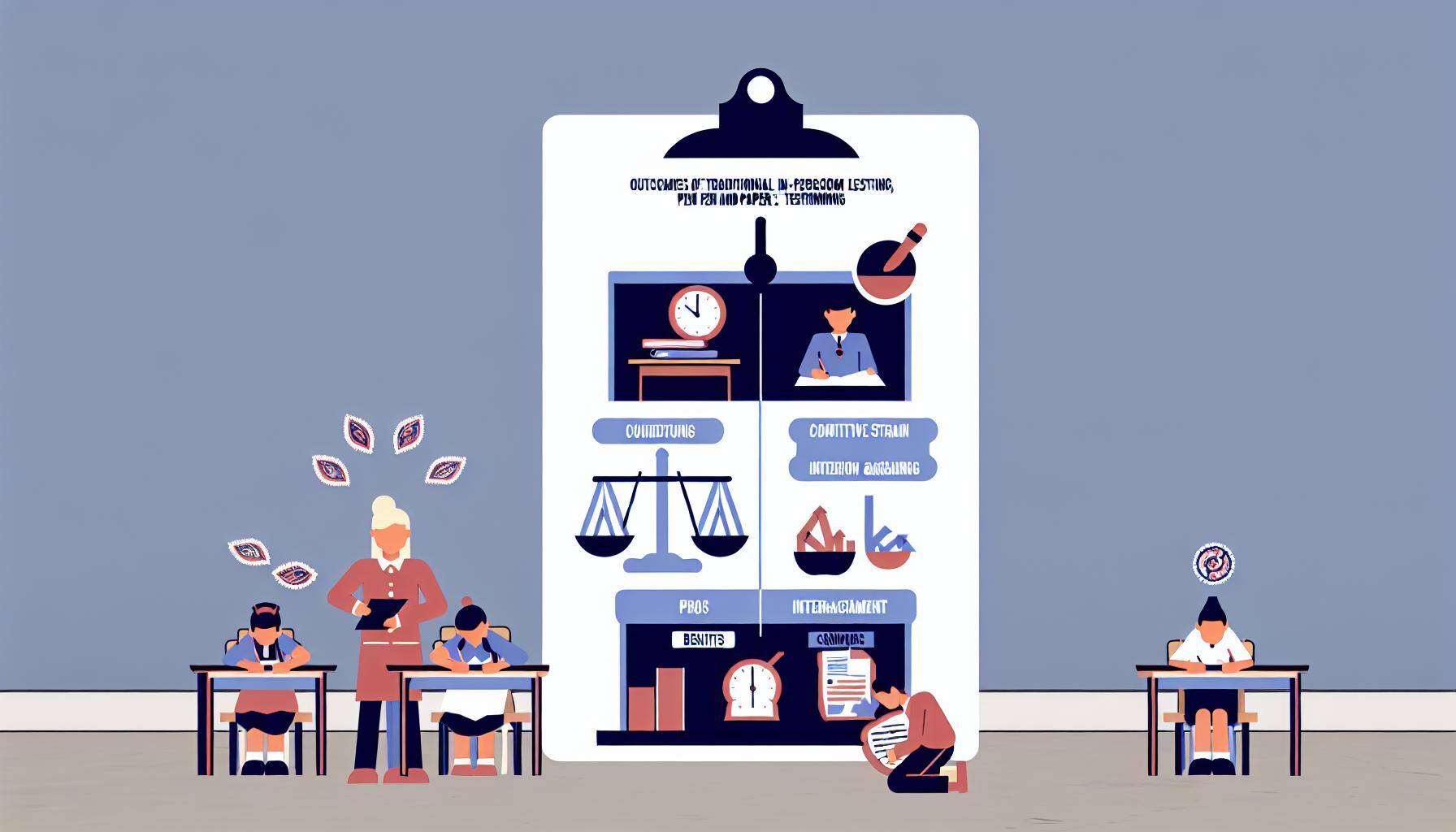
In the digital age, traditional in-person, pen and paper testing might seem like a relic of the past. This method has long been the cornerstone of educational assessments, offering a straightforward way to measure student knowledge and skills. However, as educational institutions explore various testing methods, it's essential to weigh the benefits and limitations of traditional in-person exams, especially in light of more modern, digital alternatives.
Benefits of Traditional In-Person, Pen and Paper Testing
-
Standardization and Consistency: Traditional in-person exams ensure that all students are tested under the same conditions. However, maintaining this consistency can be a logistical nightmare, requiring significant resources to ensure uniformity across multiple venues.
-
Reduced Technical Issues: Pen and paper exams eliminate the risk of software malfunctions or internet outages. But, this reliability comes with its own set of issues, such as the risk of lost or damaged exam papers and the challenges of manual grading.
-
Tangible Engagement: Writing by hand can enhance cognitive processes, aiding in memory retention and understanding. Yet, for many students, the physical act of writing for extended periods can be tiring and lead to discomfort, potentially affecting performance.
Limitations of Traditional In-Person, Pen and Paper Testing
-
Logistical Challenges: Organizing in-person exams requires significant efforts, including securing venues, coordinating schedules, and ensuring adequate proctors. These challenges are costly and time-consuming, often resulting in inefficiencies that digital solutions can easily address.
-
Limited Flexibility: In-person exams adhere to strict schedules, which may not accommodate all students, particularly those with special needs or scheduling conflicts. Digital alternatives offer the flexibility to take exams at convenient times and from various locations, reducing stress and improving accessibility.
-
Environmental Impact: The production and disposal of paper for exams contribute to environmental degradation. As institutions strive to adopt more sustainable practices, the reliance on paper-based testing presents a notable environmental challenge that digital solutions can mitigate.
While traditional in-person, pen and paper testing has been a staple in education, its limitations suggest a need for more modern approaches. The logistical difficulties, lack of flexibility, and environmental concerns highlight the drawbacks of this method. Digital alternatives, such as those offered by EXAMIND, provide efficient, flexible, and eco-friendly solutions that can revolutionize the way we conduct assessments. As the landscape of educational assessments continues to evolve, it is crucial for institutions to consider these innovative options to meet the demands of today's educational environment.